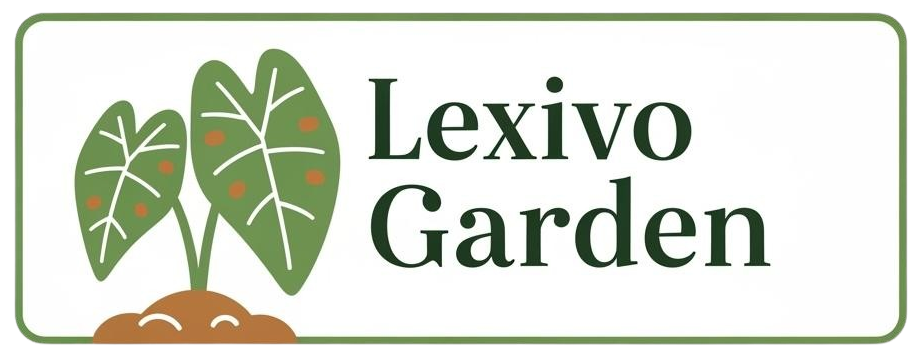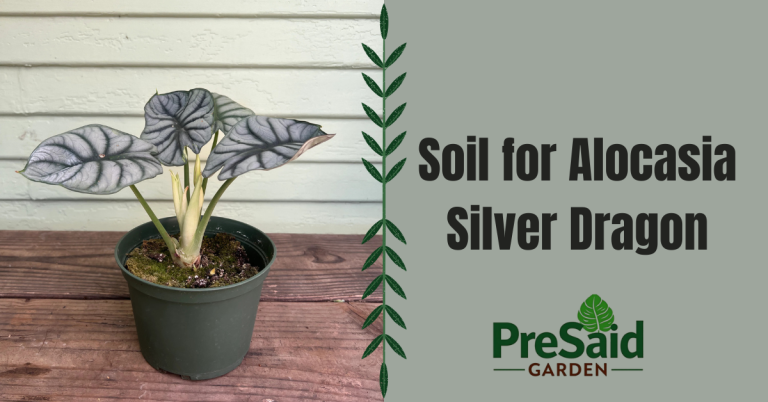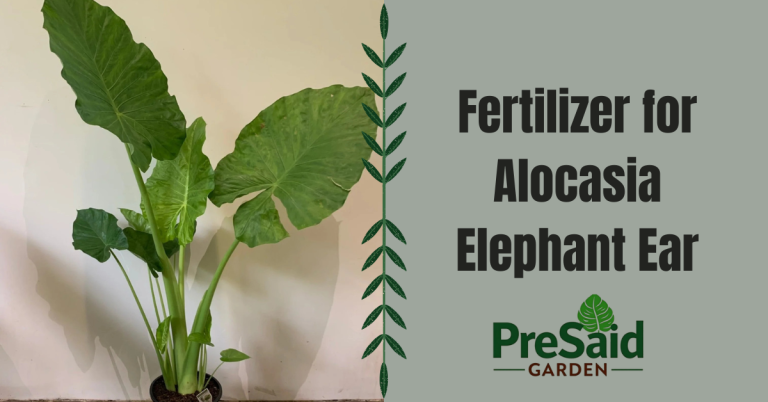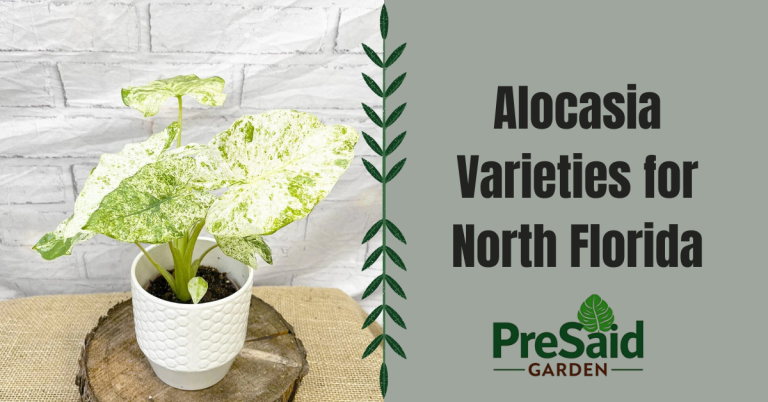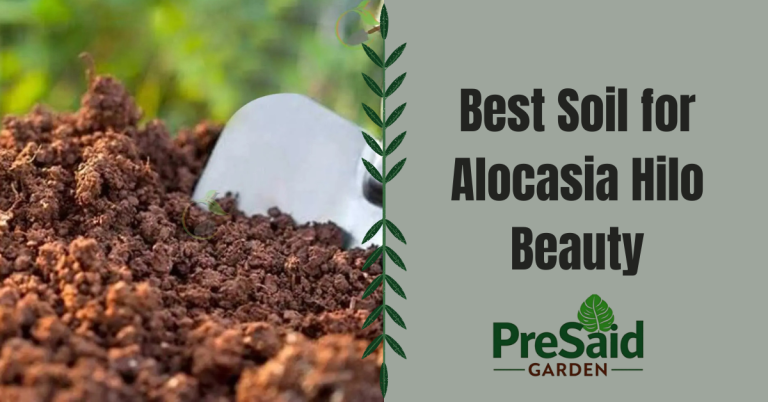Best Soil for Alocasia Dragon Scale: A Complete Guide to Thriving Plants

If you’re like me—a plant enthusiast with a serious passion for Alocasia—then you know how captivating the Alocasia Dragon Scale can be. With its striking textured leaves, this plant easily becomes the focal point of any indoor plant collection. However, the secret to thriving Alocasia Dragon Scale lies in one essential factor: the soil. Here at Lexivo Garden, we’re committed to helping you find the best soil for Alocasia Dragon Scale to make sure yours grows vibrant and healthy.
Before we dive into the details, remember that proper soil care goes hand-in-hand with using quality gardening tools and supplies. You can check out some essentials on our website Lexivo Garden’s Shop, where we offer plant pots, pruners, fertilizers, and more.
Why Alocasia Dragon Scale Needs Special Soil
Alocasia Dragon Scale isn’t your typical houseplant. Originally from tropical regions, it has a unique set of needs to thrive indoors, especially regarding soil. Since its roots are adapted to high humidity, warmth, and aeration, regular potting soil isn’t going to cut it. Using the best soil for Alocasia Dragon Scale not only supports healthy root growth but also protects it from problems like root rot.
Best Soil for Alocasia Dragon Scale: Key Ingredients
Let’s break down what makes the ideal soil for Alocasia Dragon Scale. The primary requirements include:
- Good Drainage: Alocasia roots need oxygen, so compact or waterlogged soil will suffocate them.
- Moisture Retention: While it needs drainage, the soil should also retain some moisture to mimic its natural habitat.
- Aeration: Looser, chunky soil prevents compacting around roots and helps them absorb nutrients effectively.
My Go-To Alocasia Soil Recipe
After years of experimenting, I’ve found this soil mix formula works wonders:
- Peat Moss (or Coco Coir): Retains moisture without causing waterlogging.
- Perlite or Pumice: For added aeration, allowing roots to breathe.
- Bark Chips: Adds structure, helping to maintain the soil’s chunkiness.
- A Small Amount of Potting Soil: Provides nutrients without over-saturating the mix.
If you prefer ready-made soil, look for mixes labeled as “orchid” or “aroid” soil mixes. But creating your own is easy and allows you to control each element for optimal results.
Preparing the Soil Mix for Alocasia Dragon Scale

Step-by-Step Guide
- Start with a Base of Peat Moss or Coco Coir: This provides moisture retention while staying loose enough to keep the soil well-aerated.
- Add Perlite or Pumice for Drainage: Aim for about 25% of the mixture.
- Mix in Bark Chips: These help break up the soil and add beneficial airflow around the roots.
- Blend with Light Potting Soil: Use sparingly, around 20%, just to add a little weight and nutrients.
This formula balances moisture with drainage and aeration, which is essential for the health of Alocasia Dragon Scale roots.
Essential Tips for Soil Care
- Repot Every Year or Two: Alocasia Dragon Scale grows best when it has fresh, loose soil every 12-18 months.
- Add Worm Castings: A small amount mixed into the soil provides a nutrient boost without compromising aeration.
- Keep an Eye on Moisture: Water only when the top inch of soil feels dry to the touch.
Care Table for Alocasia Dragon Scale
Here’s a handy reference for taking care of your Alocasia Dragon Scale plant, from soil to light requirements:
| Aspect | Optimal Condition |
|---|---|
| Soil Type | Well-draining mix of peat moss, perlite/pumice, and bark chips |
| Watering | Water when the top inch of soil is dry; avoid letting it sit in water |
| Light | Bright, indirect sunlight is best; avoid direct light that can scorch leaves |
| Humidity | High humidity (60-80%); use a humidifier or mist regularly if your indoor space is dry |
| Temperature | 65°F – 80°F; avoid sudden temperature drops and cold drafts |
| Repotting Frequency | Every 1-2 years, or when roots start crowding |
| Fertilizer | Balanced, water-soluble fertilizer during growing season (spring and summer) |
| Pruning | Remove yellow or dead leaves; avoid pruning healthy leaves as they provide energy to the plant |
Common Mistakes to Avoid
- Using Regular Potting Soil Alone: This retains too much moisture and can suffocate the roots.
- Overwatering: Too much water is a quick route to root rot, especially with soil that doesn’t drain well.
- Ignoring Humidity Needs: Dry air can cause leaf tips to brown. Consider a pebble tray or misting to maintain humidity.
For optimal care, pair this soil mix with other essentials like a moisture meter or humidity tray from our shop at Lexivo Garden.
FAQs About the Best Soil for Alocasia Dragon Scale
1. Can I use cactus soil for my Alocasia Dragon Scale?
Cactus soil is usually too dry for Alocasia species. However, you can blend cactus soil with ingredients like coco coir and bark to improve moisture retention.
2. How often should I change the soil?
Repotting with fresh soil every 1-2 years is ideal. Alocasia plants thrive in nutrient-rich soil, so a yearly refresh ensures they get what they need.
3. What’s the best pH level for Alocasia Dragon Scale soil?
Slightly acidic soil with a pH of 5.5 to 6.5 works best for Alocasia plants. Most peat-based mixes fall in this range, so they’re a good choice.
4. Do I need to fertilize my Alocasia Dragon Scale in this soil?
Yes, a balanced liquid fertilizer every 4-6 weeks during the growing season will support leaf growth. Avoid fertilizing during the dormant season.
5. How do I keep pests out of my Alocasia’s soil?
Good drainage helps prevent pests that thrive in moist conditions. Occasionally treating the soil surface with neem oil can also deter pests.
6. Can I reuse soil after repotting my Alocasia Dragon Scale?
It’s best to avoid reusing soil as it can harbor pathogens or depleted nutrients. However, you can add it to compost or refresh it with additives for other plants.
By following these tips, you’ll find that Alocasia Dragon Scale is a pleasure to care for, and the right soil mix will keep it thriving for years. For those who love getting into the details of plant care, having high-quality soil, the best gardening tools, and the right approach make all the difference. Feel free to explore Lexivo Garden’s shop for tools and supplies that can elevate your plant care routine.
